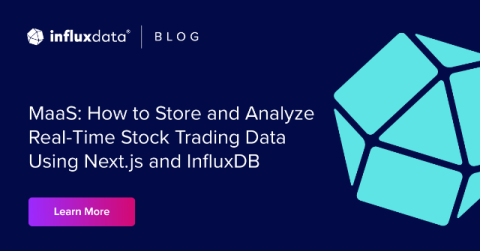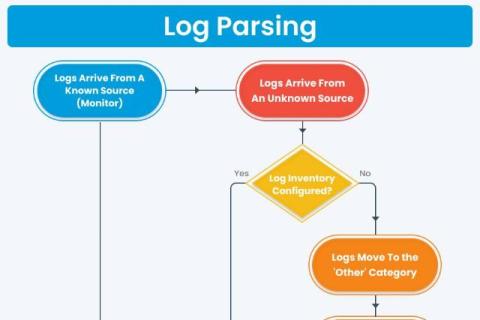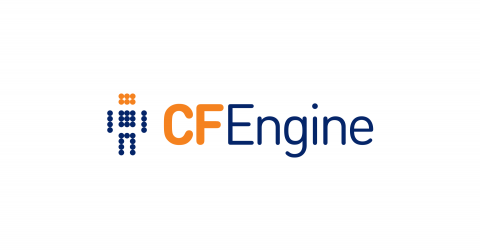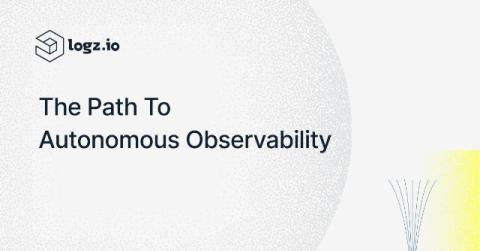MaaS: How to Store and Analyze Real-Time Stock Trading Data Using Next.js and InfluxDB
Next.js is one of the most popular open source web frameworks for hosting web applications; however, performance monitoring of such applications, until now, has been a mystery. Whether you’re hosting Next.js apps yourself or via third party services like Vercel, it’s always helpful to know how the application is performing to make it more efficient and deliver a pleasant user experience.











